A growth mindset is an essential tool for educators. It helps students to see their ability as something that can be developed rather than fixed. In a growth mindset, students understand that mistakes are part of learning and persevere in adversity.
As teachers, we can help our students to develop a growth mindset by teaching them how to embrace challenges, persist in the face of setbacks, and learn from their mistakes.
We can also model a growth mindset by showing our willingness to continue learning and growing. Implementing a growth mindset in your school can positively impact your student’sstudents’ academic achievement and overall well-being. Here are some tips for getting started.
What is Growth Mindset?
A growth mindset is a way of looking at the world with an open, can-do attitude. This mindset promotes positivity and encourages people to explore paths outside their comfort zone. It views challenges and failures as opportunities for learning and development, seeing mistakes as valuable tools for growth rather than obstacles.
In contrast, a fixed mindset sees one’s capabilities as static, seeing failure as an insurmountable obstacle rather than something essential to success; it seeks praise and validation from outside sources to maintain its positive outlook.
By emphasizing flexibility and continuous improvement, a growth mindset can help people confront adversity, redirect frustration into constructive action and empower them to continue striving toward their goals even when faced with difficulty.
Benefits For Children
Having a growth mindset is beneficial for children in so many ways. It encourages optimism, offers versatility and instils practical resilience.
Children with a growth mindset will look at their failures as learning opportunities with the confidence that they can overcome adversity and move closer to success despite any mistakes.
They not only focus on the present but also make plans for the future and strive towards them both confidently and patiently.
Maintaining this outlook allows children to take on challenges regularly rather than being deterred by fear of failure, eventually leading to their problem-solving skills.
Furthermore, it is a practical guidance tool under challenging situations since it helps kids identify helpful strategies even when something seems impossible.
All said and done, consistently embracing a growth mindset in childhood will be beneficial not just during those formative years but throughout life’s journey.
Examples
Creating an environment of learning and success in a school context largely depends on each student’s mindset. An essential step in unlocking potential across a school population is to foster a growth mindset – where students believe intelligence is malleable and can be improved through dedication and hard work.
Ways to do this include motivating students with positive language when facing challenges, providing tangible feedback that focuses on effort rather than results, promoting collaboration and feedback between peers, offering opportunities for innovation and creativity, and championing prior successes while still emphasizing the importance of improvement.
With these efforts, schools can create the right environment for their students to progress and grow.
Further Reading
Knowing where to start when researching a topic can take time and effort. Fortunately, there are plenty of resources available to help! Online articles, books, and even peer-reviewed journals can give an overview of the topic and break down any complex language.
Local libraries are also great places to find reliable sources; librarians can often help direct people to materials that may have yet to be considered.
Additionally, there are entire communities of subject experts online who can provide a wealth of information and further reading about any topic you can imagine. With so many options available, finding resources for further reading should be manageable.
https://www.mindsetworks.com/science/
https://hbr.org/2016/01/what-having-a-growth-mindset-actually-means
What are your experiences?
Implementing a growth mindset is becoming increasingly important in our ever-evolving education world. Adopting this type of thinking can open up avenues for creative problem-solving and reimagining the traditional boundaries in the classroom setting.
I’m sure readers have some stories to tell about how they or those around them have experienced the transformational power of a growth mindset. It could be an individual approach to surmounting complex challenges or shifting strategies to group activities at school.
Whatever it may be, it would be enlightening and inspiring to hear how everyone has adapted this recalibrated attitude into their lives and schools so we can further propel its impact on educators, students, and society. So let us open the door for dialogue and learning by sharing our stories today!
A growth mindset is essential for success in today’s world. By understanding the power of effort and dedication, students can develop resilience, creativity and problem-solving skills which will serve them throughout their lives.
Schools should strive to create an environment where this kind of attitude can be nurtured with positive language, tangible feedback, collaboration and opportunities for innovation. Ultimately, it is essential to remember that each individual has unlimited potential if willing to take the steps necessary to unlock it.
By continually encouraging a growth mindset in our schools and communities, we can assist in developing the skills and attitudes essential for success today and into the future.
Check out our article on Core Values!
FAQ:
Q: How can schools create an environment for a growth mindset?
A: Schools can create the right environment for their students to progress and grow by motivating them with positive language when they are facing challenges, providing tangible feedback that focuses on effort rather than results, promoting collaboration and feedback between peers, offering opportunities for innovation and creativity, and championing the importance of improvement.
Q: What resources are available for further reading on the topic?
A: Numerous resources are available to help research a topic, including online articles, books, peer-reviewed journals and local libraries. Additionally, there are entire communities of subject experts online, which can provide a wealth of information and further reading about any topic.


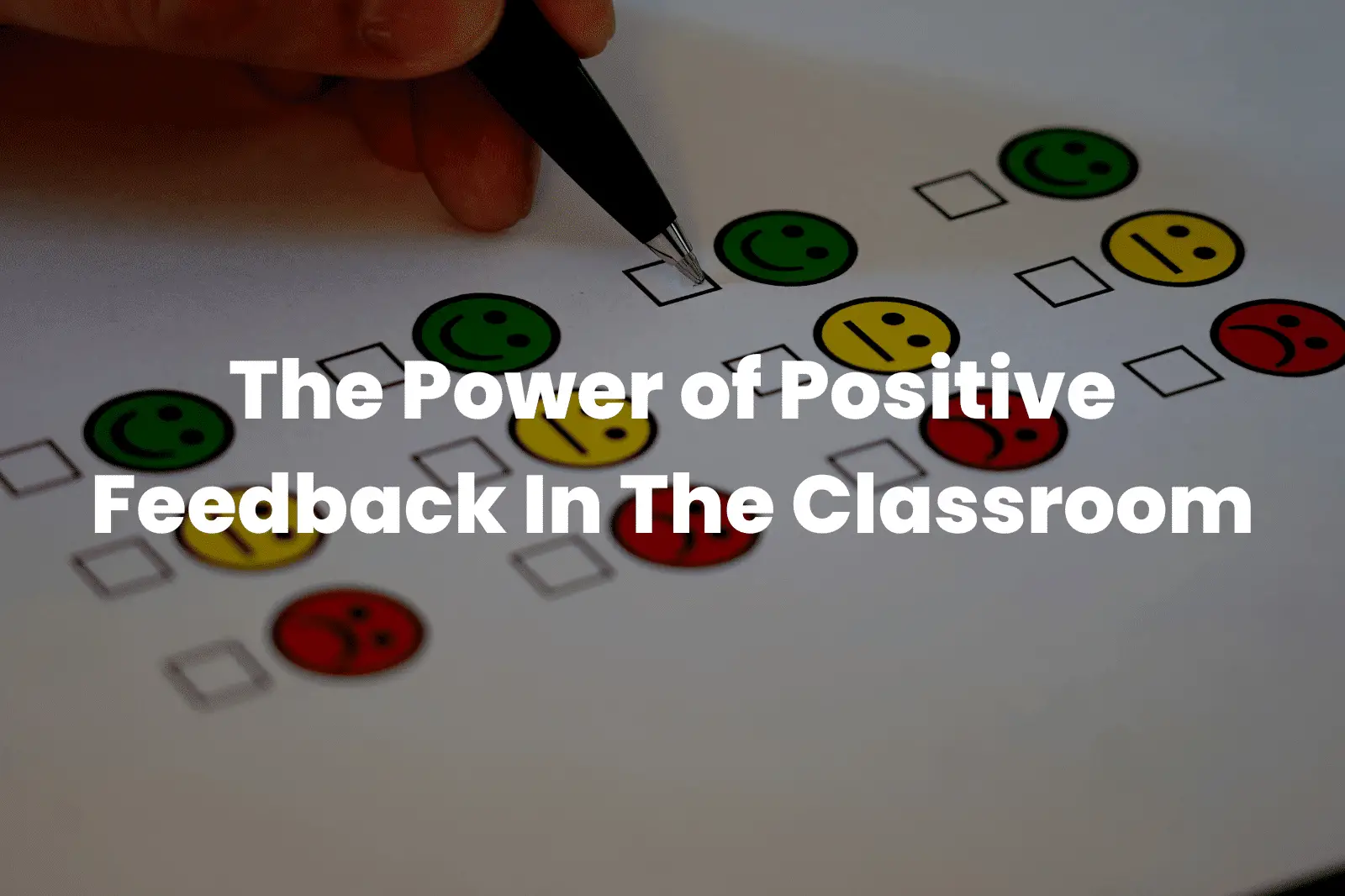
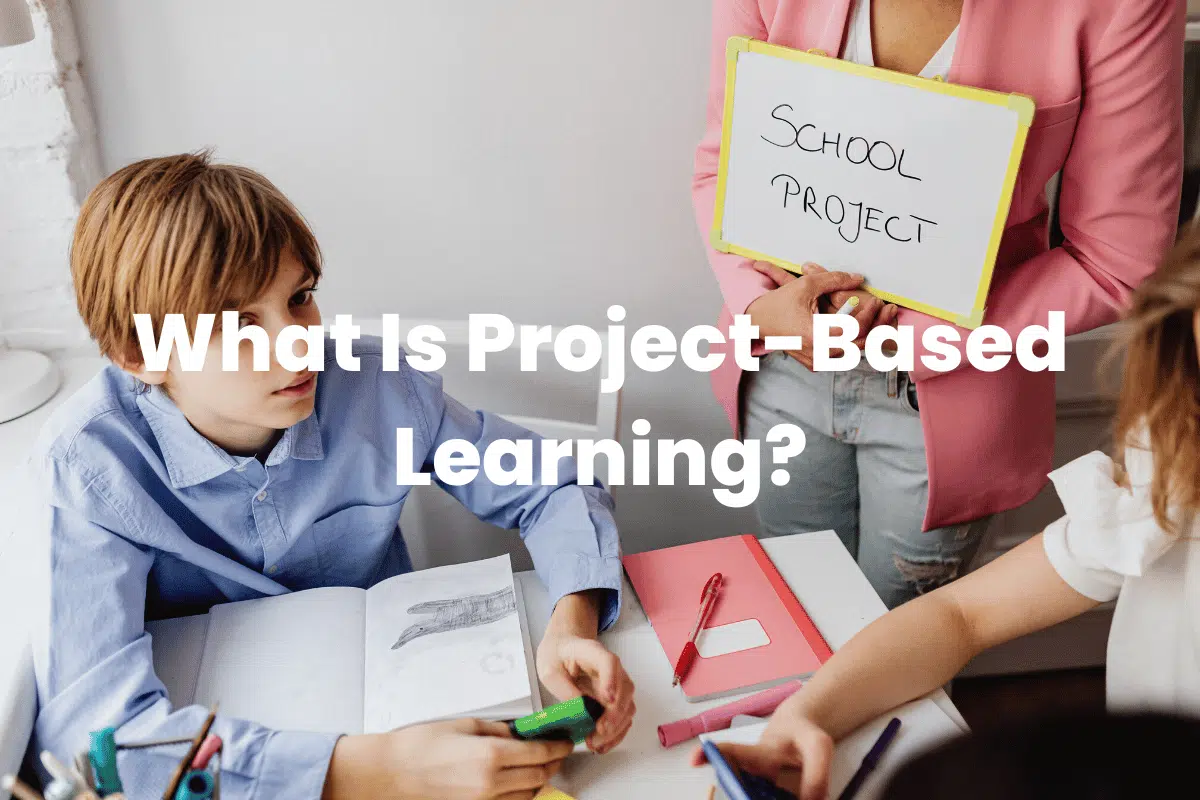
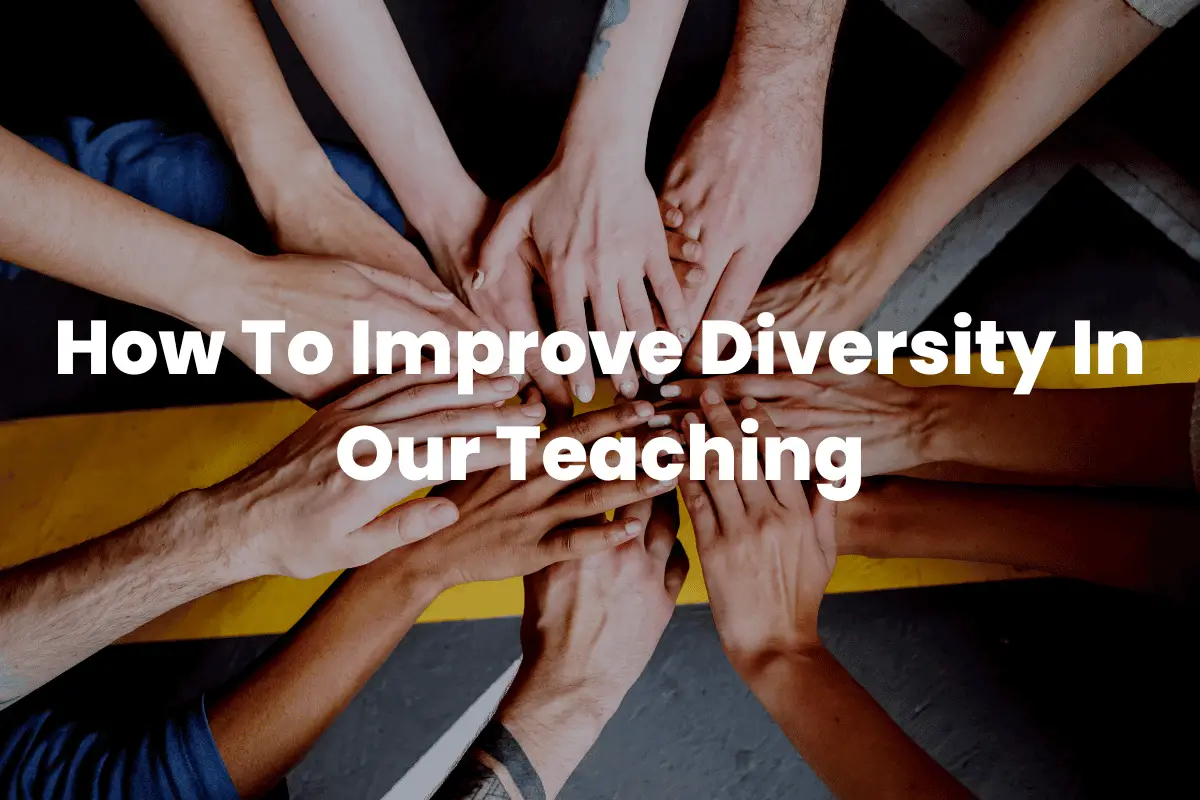
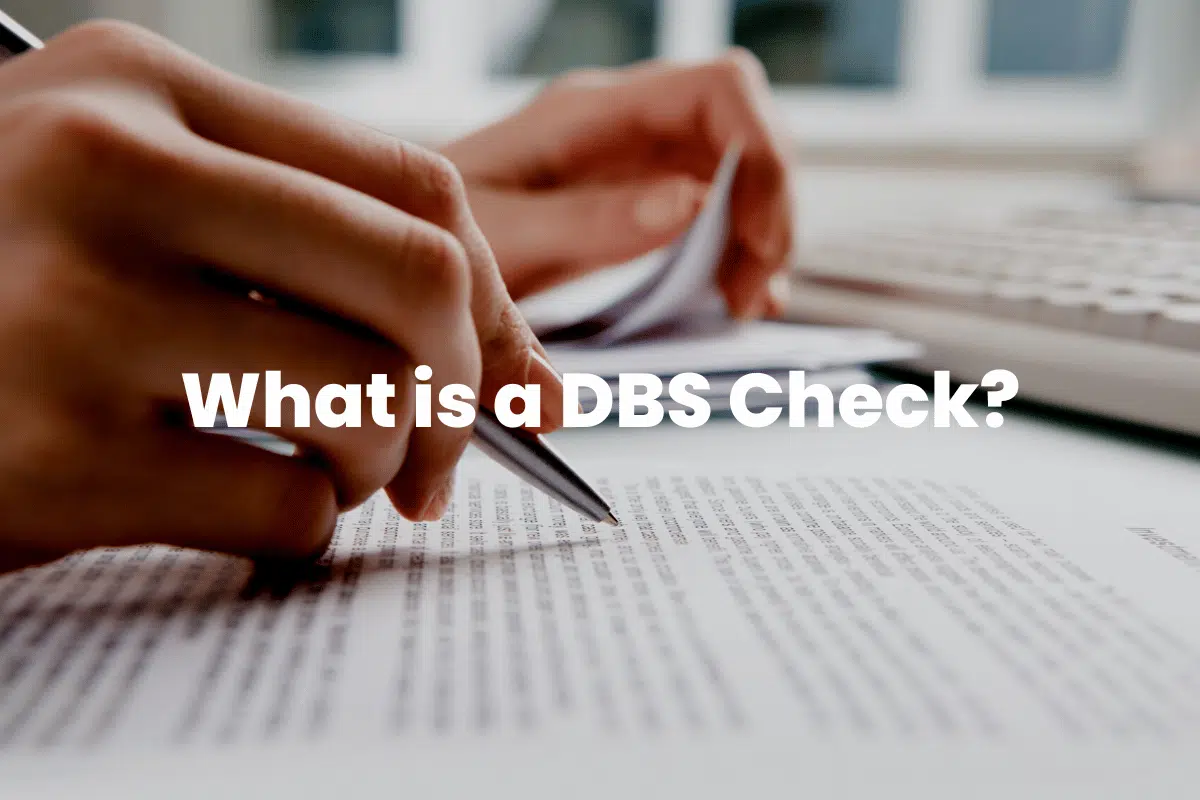
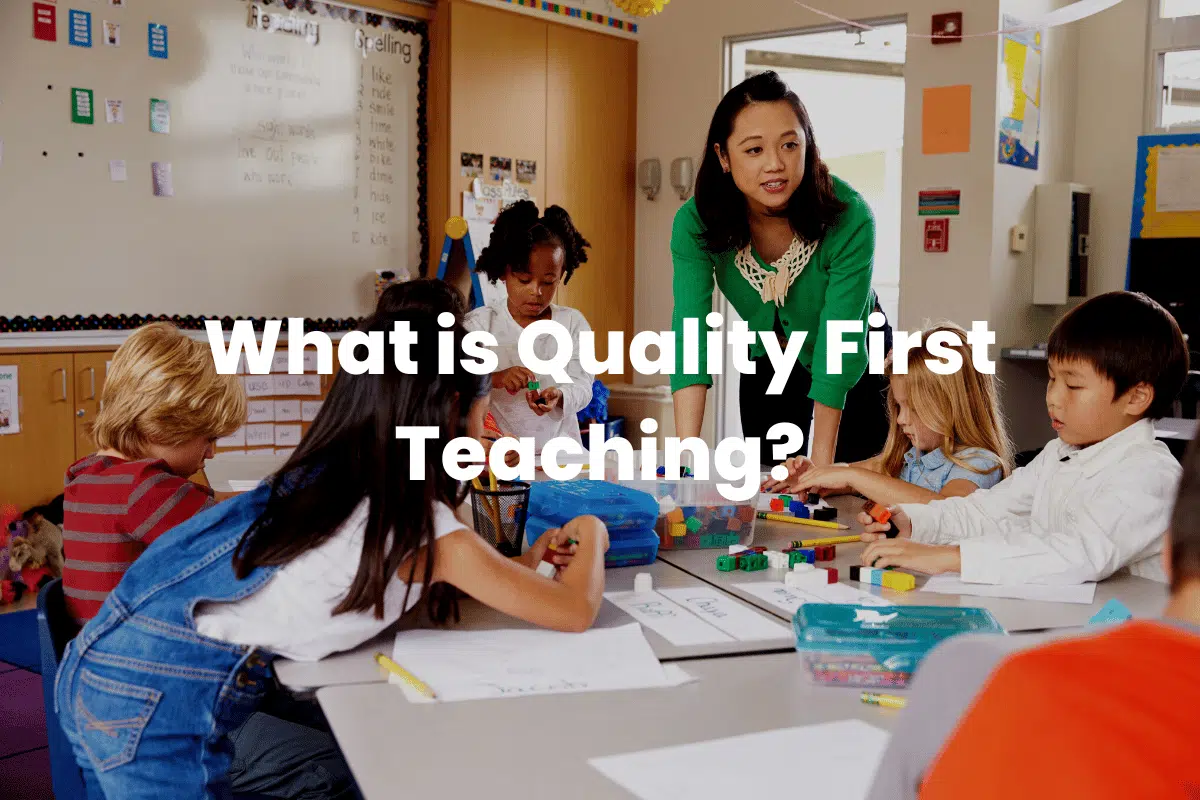

1 thought on “How To Implement A Growth Mindset In Your School”
Comments are closed.